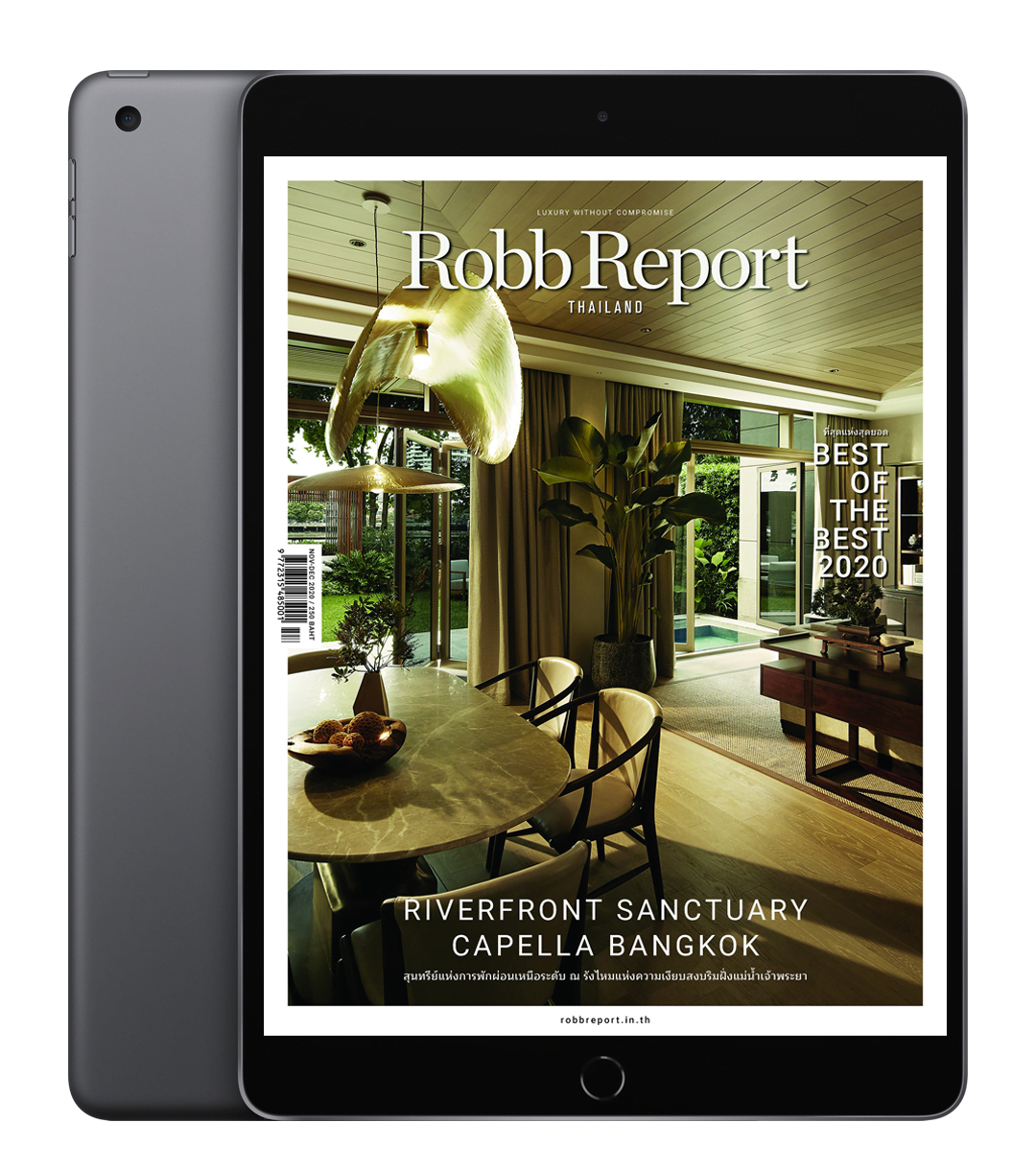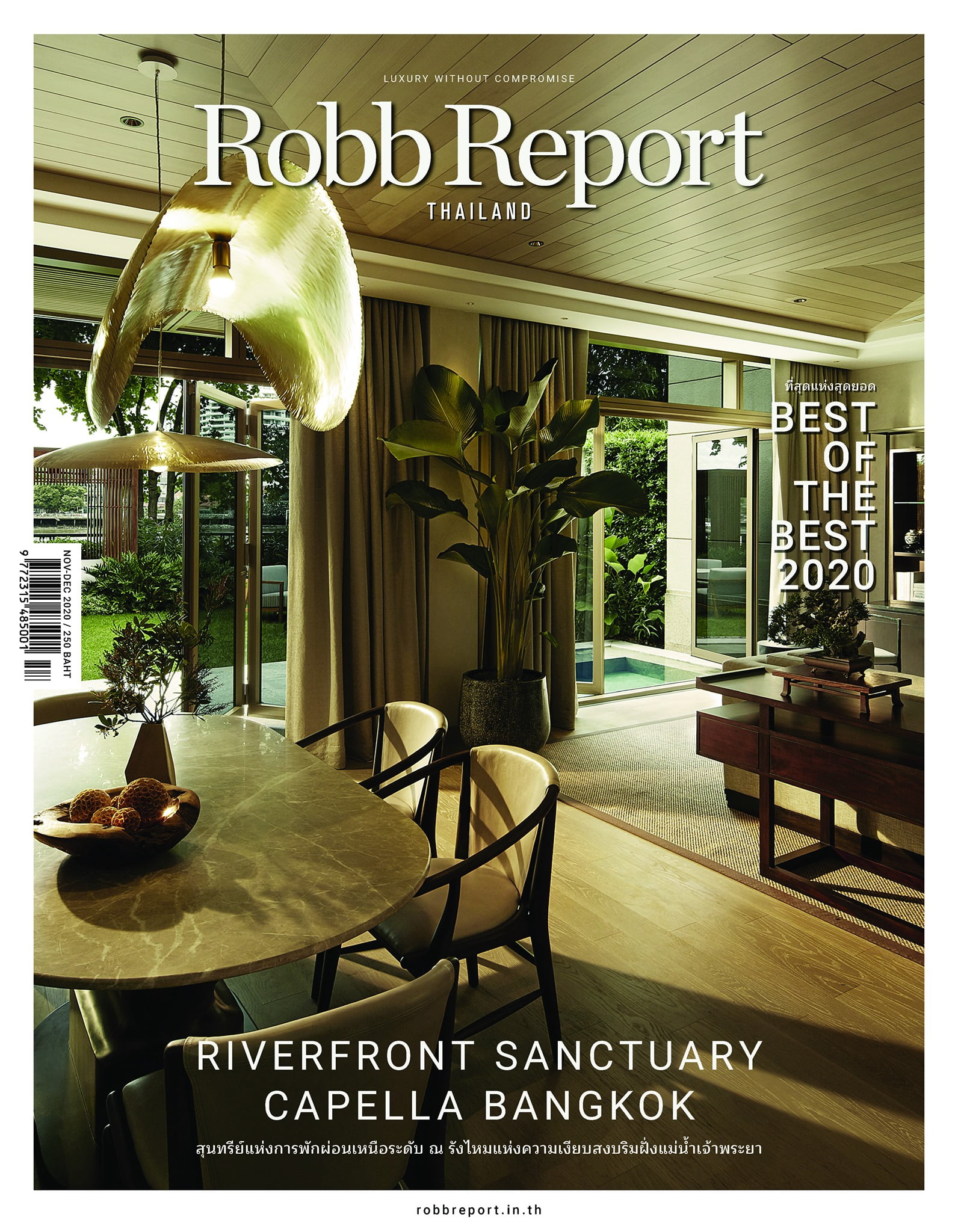สถาปนิกและนักผังเมืองชื่อดัง Rem Koolhaas ใช้เวลาส่วนใหญ่ในอาชีพการงานของเขาในการเดินทางไปยัง “สถานที่ที่มีคนพลุกพล่านของเมืองหนึ่งไปยังอีกเมืองหนึ่ง” Troy Conrad Therrien ภัณฑารักษ์ด้านสถาปัตยกรรมของพิพิธภัณฑ์ Guggenheim Museum กล่าว บางครั้งเขาจะหนีไปเทือกเขาแอลป์ของสวิส “เพื่อหาช่วงเวลาแห่งการพักผ่อน" Therrien กล่าว แต่ “สำหรับ Rem การเดินทางไปยังชนบทก็เหมือนการไปยังดาวพุธ" แต่เมื่อเทคโนโลนีและความทันสมัยเข้ามาบุกรุกสถานที่พักผ่อนอันเป็นที่รักของเขา Koolhaas ได้เริ่มหันเหความสนใจของเขาจากเสียงขรมในเมืองหลวงไปยังสถานที่อื่น (ที่ยังไม่ได้รับการพัฒนา)
ผลลัพธ์ที่ออกมาก็คือ Countryside, the Future นิทรรศการที่เปิดตัวในวันที่ 20 กุมภาพันธ์ที่ Guggenheim ในนิวยอร์ก เริ่มต้นด้วยกำแพงสูงโค้งตระหง่านที่เต็มไปด้วยคำถามของ Koolhaas เกี่ยวกับสิ่งที่รออยู่ข้างหน้า เรื่องราวของนิทรรศการนี้สรุปการสำรวจที่เขาได้ดำเนินการร่วมกับ AMO ซึ่งเป็น สถาบันคิดเชิงกลยุทธ์ที่เกี่ยวข้องกับสำนักงานสถาปัตยกรรมนครหลวงของเขา โดยได้รับความช่วยเหลือจากการวิจัยจากนักศึกษาที่ Harvard และมหาวิทยาลัยในปักกิ่ง ไนโรบี และ Wageningen ในเนเธอร์แลนด์.
เติมกรณีศึกษาแบ่งออกเป็นธีมระดับโลกที่เกี่ยวข้องกับดินแดนในชนบทและป่า เช่น การหลบหนี การเมืองและการทดลอง และอื่นๆ อีกมากมาย การแสดงศิลปะจัดวางแบบมัลติเซ็นเซอรี่ตามหัวข้อเหล่านี้และครอบคลุมภาพยนตร์ เอกสารสำคัญ และแม้แต่ “Take Me Home, Country Roads” ของ John Denver ที่เล่นวนเป็นลูป 15 ภาษา แม้ว่าจะมีการให้ความสำคัญกับอนาคต Koolhaas และทีมงานของเขาก็ยังระมัดระวังที่จะพิจารณาถึงอดีต เช่น ความชื่นชอบในกรุงโรมโบราณและจีนในการเขียนวรรณกรรมในชนบท รวมถึงปัจจุบัน เช่น การใช้ระบบการชำระเงินทางโทรศัพท์อย่างสร้างสรรค์ในพื้นที่ห่างไกลของแอฟริกา
ในขณะที่คำว่า “อนาคต” เสกสรรภาพของทิวทัศน์ของเมือง Blade Runneresque ทั้งความสวยงาม เทคโนโลยีขั้นสูง และมืดมน แต่ Koolhaas ให้เหตุผลว่าภูมิประเทศที่ได้รับการพัฒนาน้อยกว่านั้นคือเส้นประวัติของการเปลี่ยนแปลง
“Rem ถูกมองว่าเป็นคนที่ชอบดูถูกอย่างไม่ยุติธรรม" Therrien กล่าว “แต่การแสดงนี้ไม่ใช่"
จากบทความโดย Julie Belcove
Renowned architect and urbanist Rem Koolhaas has spent much of his career hopping from “one site of urban density to another," says Troy Conrad Therrien, the Guggenheim Museum’s architecture curator. He would occasionally escape to the Swiss Alps “to find moments of repose," Therrien says, but “for Rem, going to the countryside was like going to Mars." When modernity encroached on his beloved retreat, Koolhaas turned his attention from metropolitan cacophony to the rest of the (mostly undeveloped) world.
The result is Countryside, the Future, an exhibition opening February 20 at the Guggenheim in New York. Beginning with a towering wall of Koolhaas’s questions about what lies ahead, the show sums up an investigation he undertook with AMO, the think tank associated with his Office for Metropolitan Architecture, aided by research from students at Harvard and universities in Beijing, Nairobi and Wageningen, Netherlands.
Filling the rotunda with case studies divided into global themes concerning rural and wild lands—escapism, politics and experimentation, to name a few—the multisensory installation will encompass film, archival material and even John Denver’s “Take Me Home, Country Roads" playing in a loop of 15 languages. Though decidedly futurefocused, Koolhaas and his team were careful to consider the past, such as the predilection in ancient Rome and China for writing literature in the countryside, as well as the present, including the innovative use of phonebased payment systems in remote parts of Africa.
While the word “future" conjures images of Blade Runneresque cityscapes—shiny, hightech and grim—Koolhaas argues it’s the less developed terrain that’s on the front lines of change.
“Rem has been unfairly tagged as cynical," Therrien says. “This show is not cynical."
From the article by Julie Belcove








